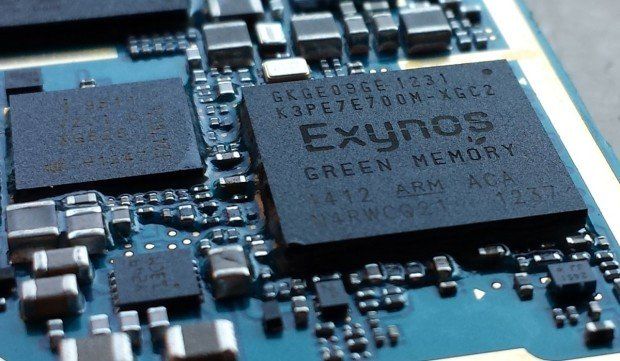Samsung’s latest scientific breakthrough might change the very way we perceive semiconductors, largely on account of the fact it’s two-dimensional. Called amorphous boron nitride (a-BN), the substance in question is composed of but a single layer of atoms and characterized by an amorphous (liquid-like) molecule structure. It’s also the best 2D material for insulation ever synthetized, with Samsung hoping it will be able to utilize in production of revolutionary graphene wafers with unprecedentedly low level of electrical interference.
The discovery of a-BN is hardly Samsung’s first foray into 2D materials. The first and possibly most famous such substance — graphene — has been the subject of countless projects at the Korean conglomerate ever since it was first isolated in 2004. Following the 2016 Galaxy Note 7 fiasco, Samsung is believed to have doubled down on graphene R&D with the goal of eventually integrating the 2D material into its batteries, making them more stable, i.e. less prone to spontaneous combustions.
Making graphene batteries is no small feat, however, and it’s been a while since Samsung last made significant inroads on that front. Scalability remains a key issue, particularly in regards to mass-production costs. Graphene wafers, on the other hand, are expected to play a major role in the development and volume production of next-generation server memory modules, as well as DRAM and NAND memory chips.
